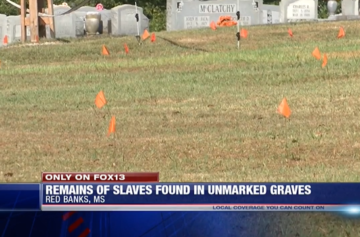First, there was the big question, which Deborah Willis and Barbara Krauthamer had been talking about for years: What does freedom look like? Then there was the small, somber face of Dolly, whose photograph the two women, both academics, had come across separately in their research and wondered about ever since. It was affixed to a handwritten wanted notice from 1863, under a headline offering a “$50 Reward!!” for the return of Dolly to her owner in Augusta, Ga.
It was curiosity about both the question and the intriguing Dolly — whose image haunts historical archives but whose fate is unknown — that drove these historians to produce the book Envisioning Emancipation: Black Americans and the End of Slavery, just out from Temple University Press. Published to coincide with the 150th anniversary of the Emancipation Proclamation on Jan. 1, the book brings together more than 150 images — half never seen by the public — that depict the many ways slavery, Emancipation and freedom were represented by photography during the Civil War era and beyond.
It is the latest in a recent spate of projects linked to Emancipation and the Civil War that has contributed to a national conversation about that war’s legacy, including Steven Spielberg’s “Lincoln” and an exhibition, “The Civil War and American Art,” at the Smithsonian American Art Museum in Washington. The preliminary Emancipation Proclamation was displayed at sites around New York State this fall.
Dr. Willis, a professor and the chairwoman of the department of photography and imaging at the Tisch School of the Arts at New York University, and Dr. Krauthamer, an assistant professor of history at the University of Massachusetts-Amherst, said that in compiling the book they hoped to expand the photographic record in a way that would stimulate fresh considerations of race and freedom. They spent years searching museums, libraries and other archives around the country, poring over more than 1,000 photographs.
“We wanted a range of images that showed the scope of the thinking about what freedom looked like,” said Dr. Willis in a joint interview with Dr. Krauthamer in the library of the photography department at Tisch. “We consciously looked for black photographers; we consciously looked for images of women, whose stories have often not been included.”
Read more: Felicia R. Lee, NY Times


